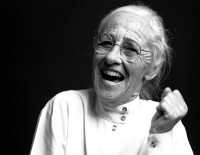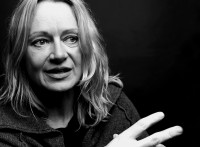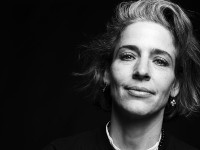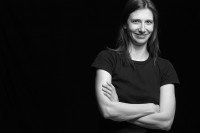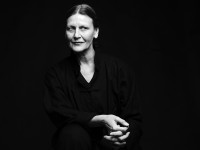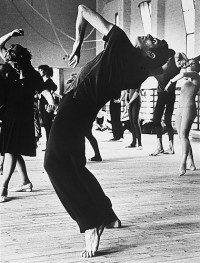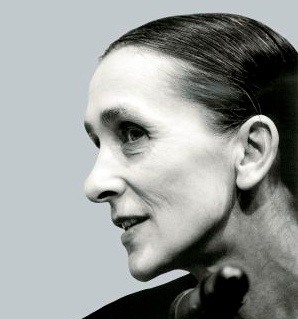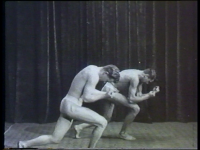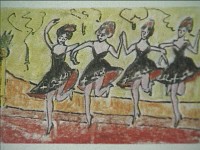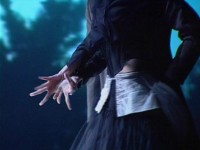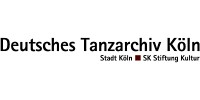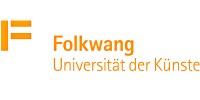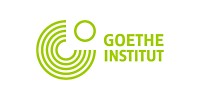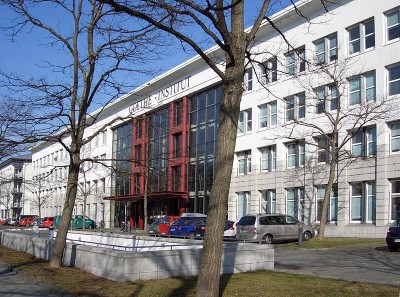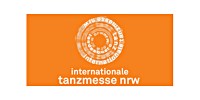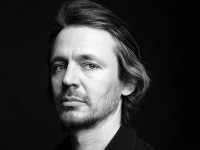
Joachim Schlömer | © Foto Bettina Stöß
In 1988 he danced at the La Monnaie Theatre in Brussels, Belgium. Two years later he founded his own company. From 1991, he directed the ballet at the Ulm Theatre, moving to the Tanztheater Weimar in 1994.
From 1996 he took over the direction of the Tanztheater Basel, where he began to dissolve the boundaries between dance, opera and drama. Mikhail Baryschnikov commissioned him to create three choreographies for his White Oak Dance Project.
Since 2001, Schlömer has worked as a freelance choreographer and director – for the Salzburg Festival and the Burgtheater Vienna, Austria, for the Staatstheater Cologne and for the Stuttgart Opera House.
Among his best-known plays are “Und in der Ferne die Nacht” to Bach’s Goldberg Variations, “Hochland oder Der Nachhall der Steine” and “La Guerra d’Amore” to music by Claudio Monteverdi.
(Gabriele Wittmann)

